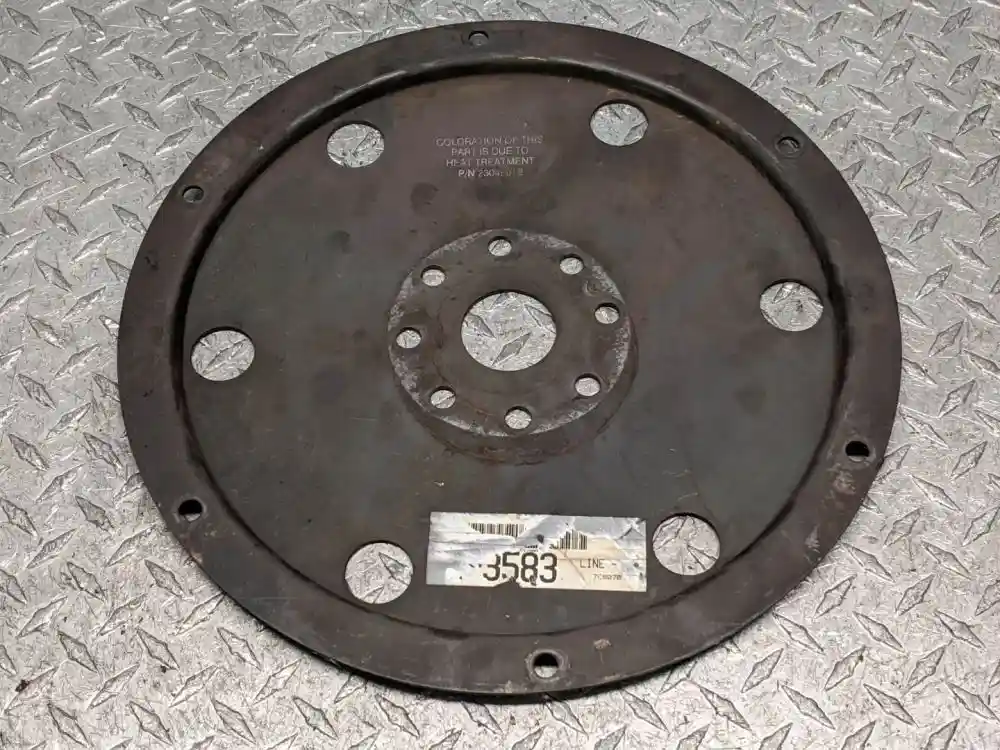A flex plate, also known as a flywheel, is a metal disc that is located between the engine and transmission in a semi-truck. Its primary function is to connect the crankshaft of the engine to the torque converter of the transmission, allowing power to be transferred from the engine to the transmission and ultimately to the drive wheels of the truck. The flex plate also acts as a buffer, absorbing any slight misalignments between the engine and transmission, which helps to reduce wear and tear on the drivetrain components.

Here are some tips for maintaining a flex plate on semi-trucks:
Regularly inspect the flex plate for cracks, warping, or other signs of damage. Keep the bolts that attach the flex plate to the crankshaft and torque converter tight and in good condition. Check the alignment of the flex plate to ensure it is properly aligned with the crankshaft and torque converter.
You can also make sure that the engine and transmission mounts are in good condition and properly secured, as these can affect the flex plate’s alignment. If you experience any vibration or noise from the drivetrain, have the flex plate inspected as it may be the cause. Always refer to the manufacturer’s recommendations for maintenance and inspection intervals for the flex plate.
Regularly check the condition of the harmonic balancer, as a damaged harmonic balancer can cause damage to the flex plate. Check the engine and transmission for any leaks that may affect the flex plate and have the truck serviced by a professional mechanic if you suspect any issues with the flex plate or other drivetrain components.
